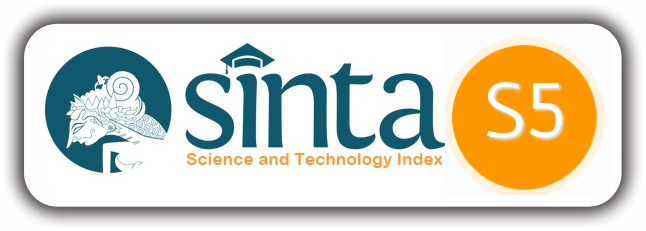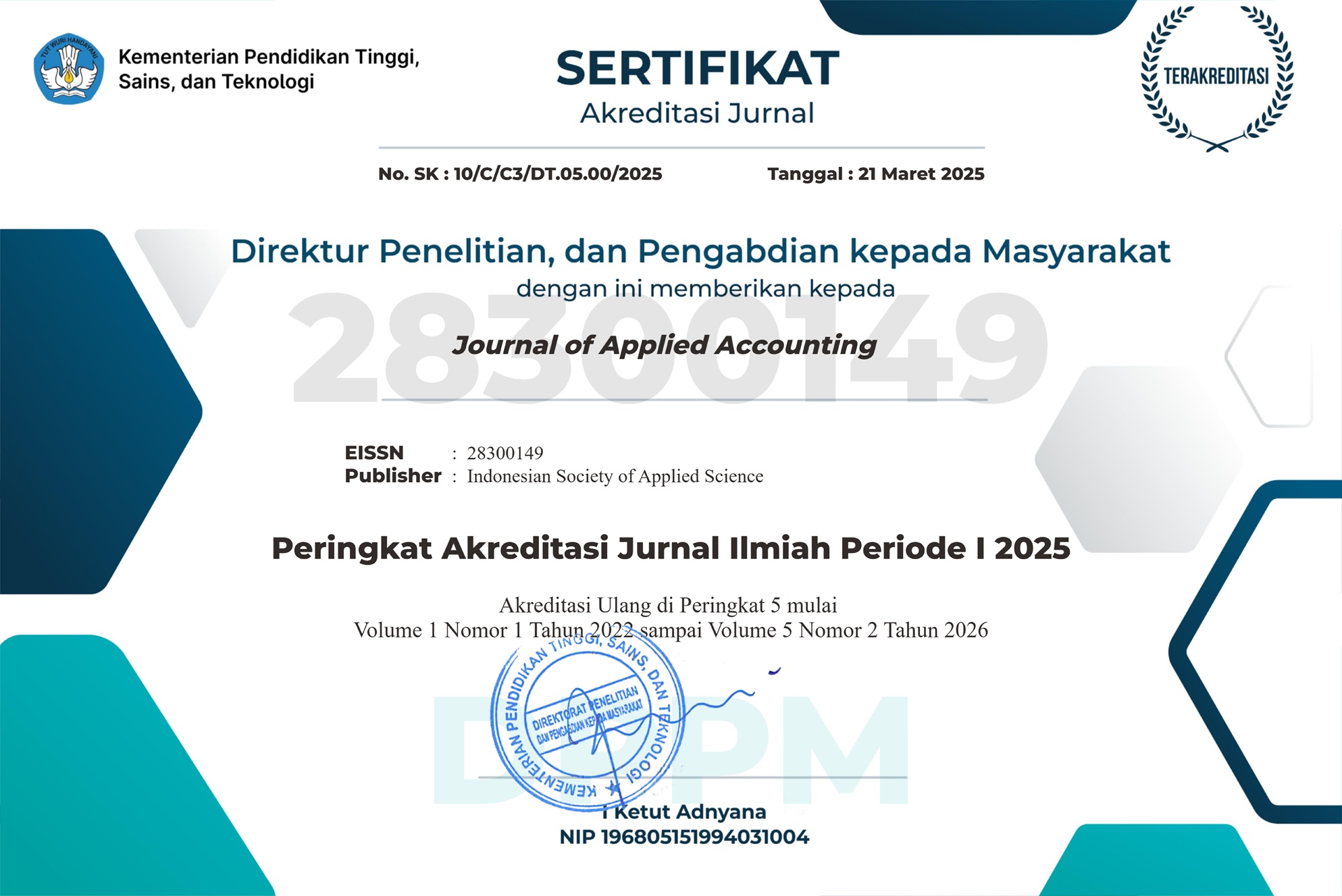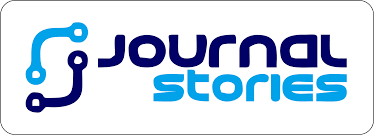Publication Ethics
The Journal of Applied Accounting (JAA) is a scientific publication of an accounting journal that publishes articles in the field of accounting that contribute to the development of accounting science, accounting practices, and the accounting profession. We accept most research-based articles related to accounting science, accounting practices, and the accounting profession. This scientific code of ethics statement is a code of ethics for all parties involved in the process of publishing this scientific journal, namely the managers, editors, peer reviewers, and authors. This publication ethics statement is based on the Head of LIPI Regulation Number 5 of 2014 concerning the Code of Ethics for Scientific Publication. The essence of this Scientific Publication Ethics upholds three ethical values in publication, namely:
- Neutrality, which means free from conflicts of interest in publishing management;
- Justice, which means granting authorship rights to those who are entitled as authors/writers; and
- Honesty, which means free from duplication, fabrication, falsification, and plagiarism (DF2P) in publishing.
Duties and Responsibilities of the Chief Editor:
- Determining the name of the journal, the scope of science, continuity, and accreditation if necessary.
- Determining the membership of the editors.
- Defining the relationship between the publisher, editor, reviewers, and other parties.
- Respecting confidentiality matters, both for contributing researchers, authors/writers, editors, and reviewers.
- Applying norms and regulations regarding intellectual property rights, especially copyrights.
- Conducting a review of journal policies and communicating them to authors/writers, editors, reviewers, and readers.
- Creating a code of conduct guideline for editors and reviewers.
- Publishing the journal regularly. Ensuring the availability of funding sources for the sustainability of journal publishing.
- Building cooperation and marketing networks. Improving the quality of the journal. Preparing licensing and other legal aspects.
Tasks and Responsibilities of the Editor
- The editor provides feedback on the author's writing so that readers can understand what the author wants to convey, through comments written on the manuscript and/or discussion facilities on the journal's website.
- The editor comments on the author's writing in accordance with EYD (Perfected Spelling System) or language that complies with the journal's standardization.
- The editor strives for continuous improvement in publication quality;
- The editor prioritizes objective freedom of expression,
- The editor communicates corrections, clarifications, retractions, and apologies if necessary,
- The editor ensures that the author's writing does not involve SARA (ethnic, religious, racial, and inter-group issues) or anything that could harm the Publisher, and coordinates the author's writing with the publisher's editorial leadership if the writing is somewhat controversial.
- The editor receives, reviews, and follows up on complaints from all parties involved in the journal's publication; the editor supports initiatives to educate researchers about publication ethics.
- The editor does not maintain their own opinions, those of authors, or third parties that may lead to non-objective decisions; the editor encourages authors to make improvements to their writings until they are suitable for publication.
- The editor prepares the layout of the manuscripts to be published according to the journal's template.
- The editor assists the editor-in-chief in finalizing the collection of manuscripts before they are printed and published, especially regarding language, format, and layout.
Duties and Responsibilities of a Website Administrator.
The website Administrator is the person responsible for managing the journal's website. Specifically, the scope of the Website Administrator's duties includes the following:
- Preparing the journal website;
- Configuring system options and managing user accounts;
- Registering editors, reviewers, and authors;
- Managing journal features;
- Viewing report statistics, and













 This
This 